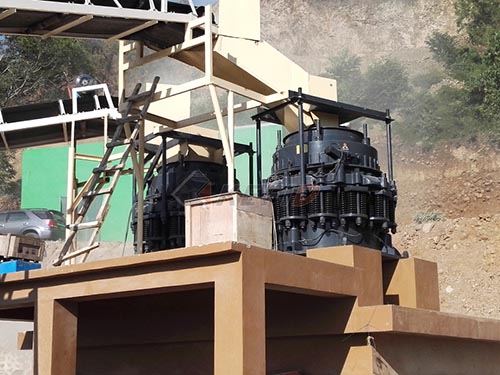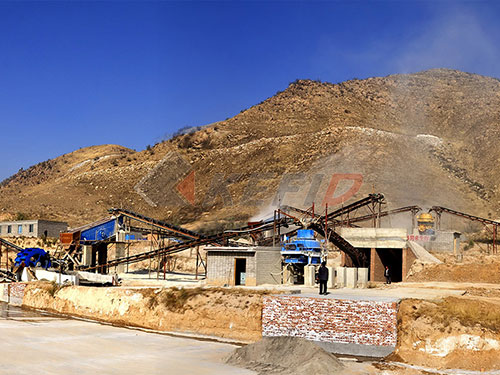The PE-250×400 Jaw Crusher: A Cornerstone of Small-Scale Crushing Operations
In the dynamic world of aggregate production, mining, and construction waste recycling, efficiency, reliability, and cost-effectiveness are paramount. While massive jaw crushers capture headlines processing thousands of tons per hour, a significant portion of essential crushing work happens on a smaller scale. This is where robust, dependable machines like the PE-250×400 Jaw Crusher shine. Designed for primary crushing of hard and abrasive materials in modest to medium-capacity settings, this specific model has earned its place as a workhorse in countless operations worldwide.
Understanding the Designation: PE-250×400
The model name itself provides key information about the machine’s core characteristic – its feed opening size:
PE: Typically stands for “Primary Crusher” or denotes a standard series within a manufacturer’s range (commonly used by Chinese manufacturers).
250×400: This crucial part specifies the dimensions of the feed opening in millimeters – 250mm wide by 400mm long. This opening dictates the maximum size of rock or material that can be effectively fed into the crusher for processing.

Core Specifications and Capabilities

The PE-250×400 is engineered to deliver consistent performance within its designed capacity range:
1. Feed Opening: 250 mm x 400 mm (10 in x 16 in approx.) – Dictates maximum feed size.
2. Max Feed Size: Typically around 210 mm (8 inches approx.), ensuring efficient nip angle and preventing bridging.
3. Discharge Opening Range: Adjustable from approximately 20 mm to 60 mm (0.8 in to 2.4 in approx.). This allows operators to produce different final product sizes to meet specific requirements.
4. Capacity: Varies significantly based on material hardness, density, moisture content, feed size distribution, and the selected discharge setting.
For hard granite/basalt: ~5-20 tons per hour (tph)
For softer limestone/dolomite: ~15-40 tph
For recycled concrete/bricks: ~10-30 tph
(These are indicative ranges; actual output requires site-specific assessment)
5. Drive Power: Commonly driven by an electric motor rated between 15 kW (20 HP) and 18.5 kW (25 HP), providing sufficient torque for its intended crushing force.

Leave a Reply